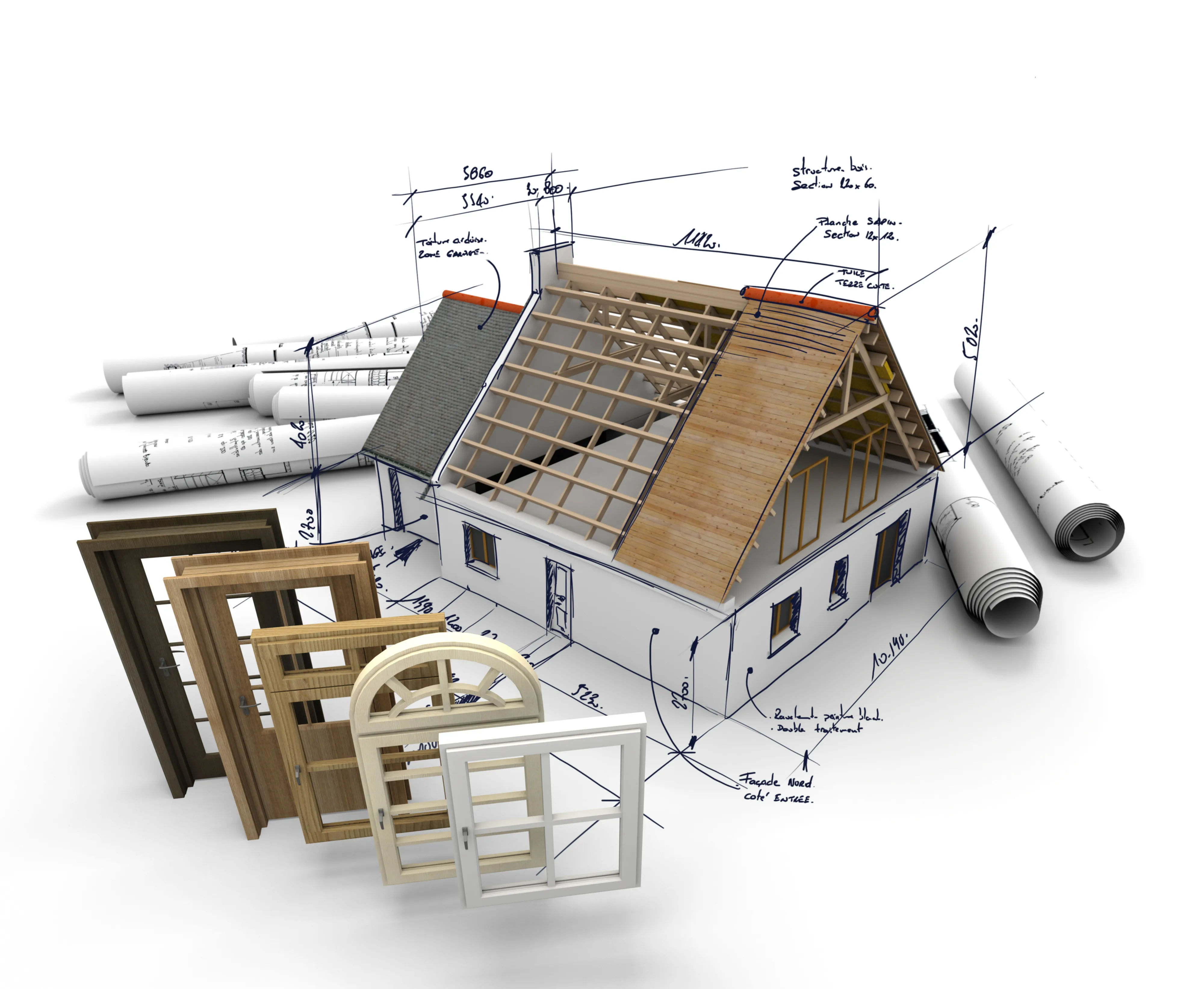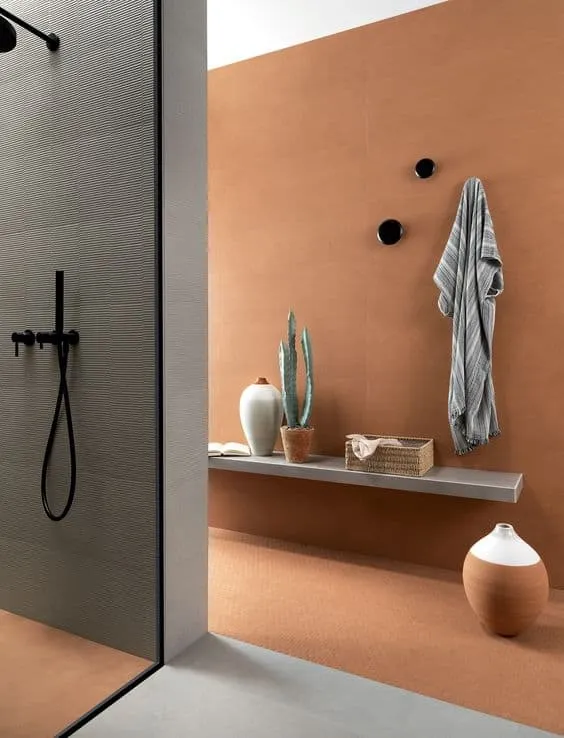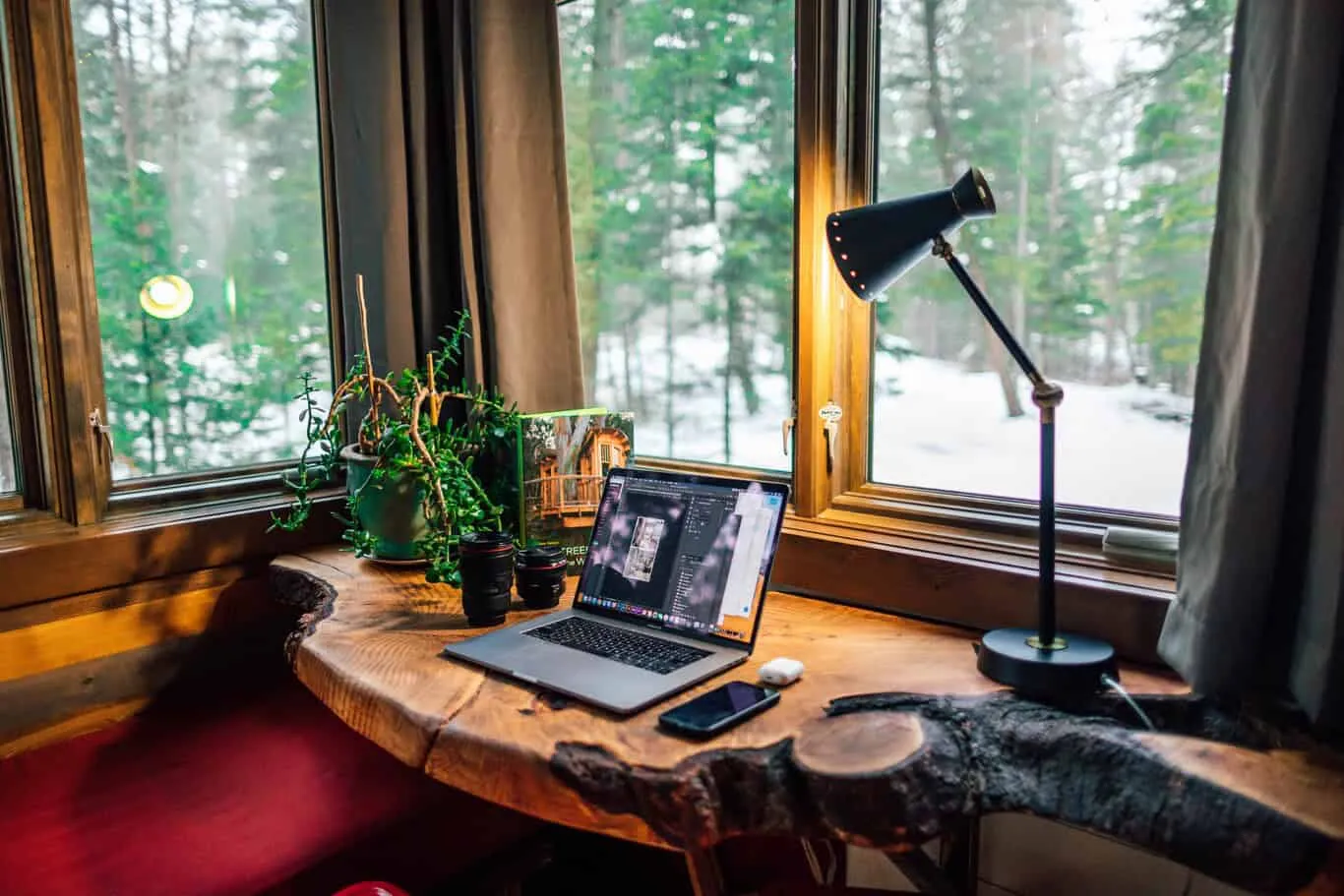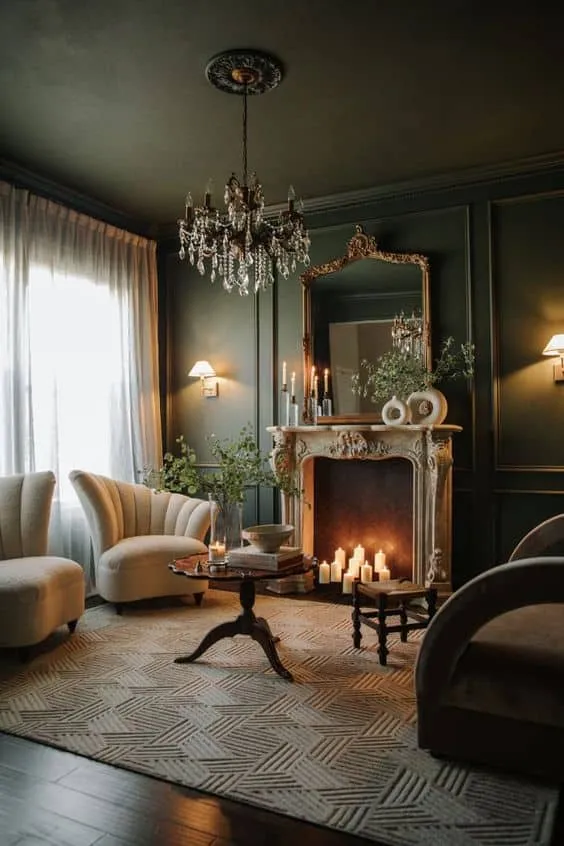There can be your advertisement
300x150
5 Tips for Creating Your Own House Plan
When creating your own house plan, you want it to be the best possible. This is already an advantage when you start from scratch. Everything you want in your home will be included in your plan. Your house will be exactly what you imagined it to be if you carefully go through the design process.
Organizing your house plan, including the roof and floor plans, is important because it makes future construction smoother. A good contractor will turn these drawings into reality. But they can't do everything alone. They also need your input to ensure the house plan meets your needs and preferences.
So, how do you create your own house plan? Here are a few tips to follow.

Determine the Required Sizes
Before diving into the specifics of each room in your house, start by defining desired sizes. By sizes we mean how large you want your home to be. Usually, they depend on the lot size. The bigger the lot, the more freedom you have in choosing sizes.
Once you've determined the sizes, you can allocate interior space according to the number of rooms and living areas. You should also consider whether your house will be single-story or multi-level.
Determine the Number of Bedrooms
One of the most underrated aspects of designing a custom home is determining how many bedrooms will be in your house. It's not a simple decision. You need to think ahead to ensure long-term use of the home.
For example, even if you're not married yet, are you planning for your house to also become a family home? Or do you have plans to move into a larger place when that happens? If married, how many children are you planning to have?
Therefore, choosing the number of bedrooms is very important. When you know how many rooms you need or want, you can build a house that matches your family size. The last thing you'd want is to realize you spent too much on other features of the house and ended up with a size that doesn't quite suit your family's needs.
Don't worry about having too many bedrooms. In fact, bedrooms can serve functional spaces: an office, a playroom, a guest room for grandparents, or even a space for homeschooling. A separate storage room would also be great.

Determine Door and Window Placement
Once the number of rooms is determined and placed in your house, it's time to sketch where doors and windows will be installed. This is an important decision because you could build a full wall where there should be a window.
Planning windows can be a challenging task since it affects the entire interior. Remember that windows take up wall space. If a wall is filled with windows, you won't be able to install cabinets or other elements.
So be strategic. The best tip? Place windows where the most natural light enters.
Highlight Lot Features
Highlighting lot features means you don't use the entire area for building your house. Leave enough space for a garden if you plan to include one. You might not be thinking about this now, but in the long run you may regret not leaving space for a garden.
And if you have children, they'll need space to run and play. You won't want to keep them inside the house all the time. So, it's practical to highlight the best features of your lot. This will make your home even more appealing, relaxed, and functional.
Choose a House Style
When you reach the stage of completing your home design, choose a style that you like best. Do you want a classic house? Or do you prefer a vintage or farmhouse style? Maybe more modern? Style is just as important in including specific features and materials into your house plan.
The earlier you decide on a style, the more freedom you'll have when adding interior elements such as a living room and bedrooms.
Conclusion
No matter if you're starting from scratch or doing a major renovation, creating your own house plan is an enjoyable activity. You'll be able to build a home that's truly unique and yours. As with all endeavors, the hardest part is starting. Once you decide to begin, construction will go smoothly. It's important to properly prepare all elements so that the building process goes without problems.
More articles:
 5 Campers Decorated So Well You'll Want to Live in Them
5 Campers Decorated So Well You'll Want to Live in Them 5 Frequently Asked Questions About Air Conditioners and Their Answers
5 Frequently Asked Questions About Air Conditioners and Their Answers 5 Critical Considerations When Designing and Constructing a Hospital
5 Critical Considerations When Designing and Constructing a Hospital 5 Interior Design Trends to Follow in 2023
5 Interior Design Trends to Follow in 2023 5 Table Lamps for Working/Study Desk Lighting
5 Table Lamps for Working/Study Desk Lighting 5 Essential Tips for Creating a Parisian-inspired Interior
5 Essential Tips for Creating a Parisian-inspired Interior 5 Exceptional Large Pendant Lights for Interior
5 Exceptional Large Pendant Lights for Interior 5 Factors to Consider When Creating a Home Renovation Plan
5 Factors to Consider When Creating a Home Renovation Plan